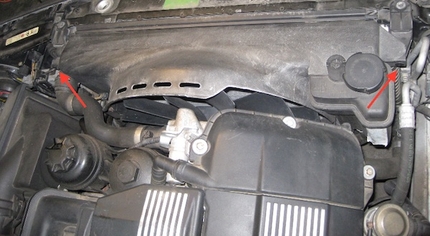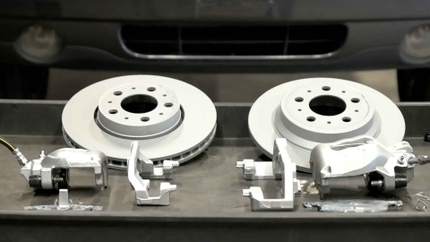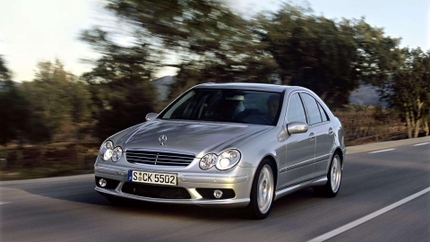 Automakers will soon be adopting a new refrigerant to replace the standard R134 used in most makes and models offered today. It is designated as HFO-1234yf. The cooling performance is similar to that of current standard R134a, but has a far lower and more importantly, global warming potential rating, which is only rated at less than 1, as opposed to the 1430 or R134a. This is far less than the no longer in service R12, making this a far better refrigerant in terms of its potential impact on climate change and the environment.
Automakers will soon be adopting a new refrigerant to replace the standard R134 used in most makes and models offered today. It is designated as HFO-1234yf. The cooling performance is similar to that of current standard R134a, but has a far lower and more importantly, global warming potential rating, which is only rated at less than 1, as opposed to the 1430 or R134a. This is far less than the no longer in service R12, making this a far better refrigerant in terms of its potential impact on climate change and the environment.
The plan to replace the current standard of refrigerant, in most vehicle makes, was initially put off, controversially, over the safety concern of HFO-1234yf, until sometime this year. Both Hyundai and Suzuki already had some models using the new refrigerant, but Cadillac recalled their 2013 XTS and ATS models that had used HFO-1234yf and converted them back to the norm.
It turns out this new refrigerant is flammable.
Crash tests performed on by Daimler (Mercedes) found that HFO-1234yf may create a fire hazard, in an accident. Though this test did not halt other European makes from adopting the refrigerant, as subsequent tests done by the SAE found that HFO-1234yf is safe for automotive use. Also the European Directive concluded that there is no evidence to support any serious risk in the use of this refrigerant in the in Mobile Air Conditioning systems under normal and foreseeable conditions of use.
At the time HFO-1234yf first came into the discussion, there were no set requirements set up by the US EPA to use this new refrigerant and to start converting US models. However, in Europe there are rules that require using a refrigerant with a low GWP rating. Unlike the changes that occurred when R134a came in to replace R12 back in 1993 to 1996 addressing the ozone concerns, R134 will still remain readily available for the foreseeable future. HFO-1234yf will be only made available for new production models.
The change to HFO-1234yf will also require a switch to new PAG oil, as it does not share the same chemical properties of its older counterparts. This will also include changes to the service port dimensions, making repair shops that already carry the costly "evacuate and pressurize" R134 system consider new machines as this new refrigerant will also require new SAE approved recycling regulations.
The EPA has since approved the use of the refrigerant, but the administrator of the EPA was under fire for this last year, as there have been reports of the danger involved.
That being said, HFO-1234yf will only be available in large drums and not the everyday cans most of us use to refill our A/C systems that are available at most parts stores. It also should not be used to top off existing refrigerants, so it is not really tailored to your average DIYer, at least not any time soon.
About The Author: Mike Rivera
 Mike Rivera is an ASE Certified Technician and Senior Sales Account Executive at FCP Euro. He can be reached at mike@fcpeuro.com
Mike Rivera is an ASE Certified Technician and Senior Sales Account Executive at FCP Euro. He can be reached at mike@fcpeuro.com











